+254 723851297
bookings@vespersafaris.com
Maasai Mara is an appealing reserve and is renowned as one of the most famous reserves in Africa.
With a landmass that amounts to only 0.01% of the land in Africa, the reserve houses 40% of the larger mammals in Africa, amongst which are rare, exceptional animals.
With an open grassland, beautiful hills, and acacia woodlands, Masai Mara is appealing to behold. The presence of leopards, lions, elephants, cheetahs, alongside other species living in this habitat, makes the reserve more breathtaking than words can describe.
Come along as we explore the Masai Mara in all its beauty, with special tips for tourists and lovers of nature.
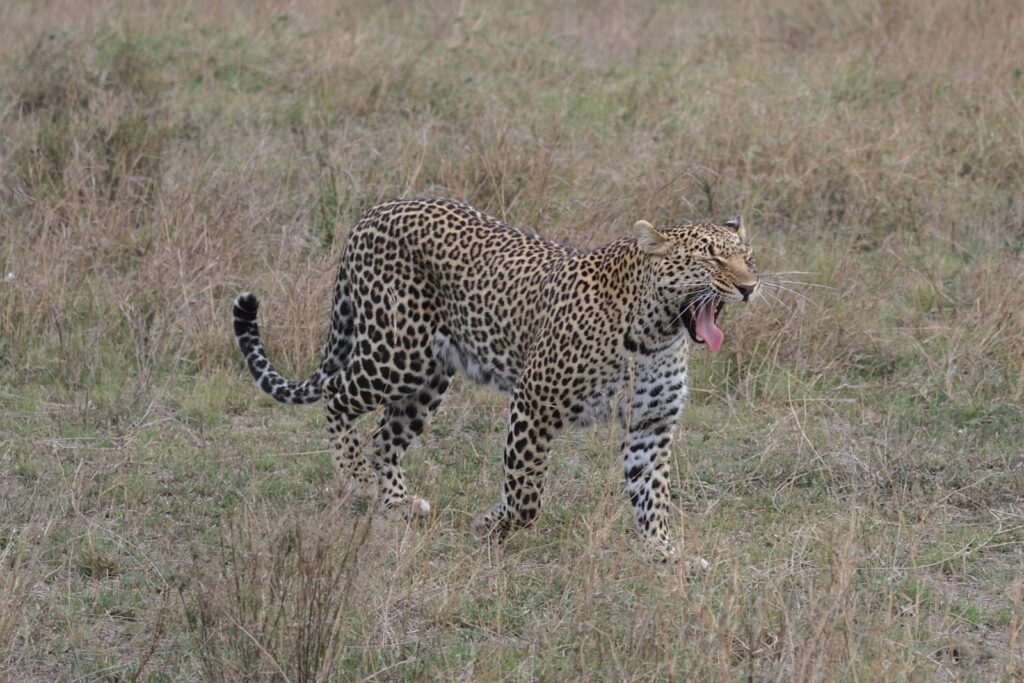
Where is the Masai Mara Located?
The Masai Mara is located in the Great Rift Valley, southwest of Kenya. It is a long stretch from the Red Sea of Ethiopia, running through Kenya, Tanzania, Malawi, and entering Mozambique. The valley is 5,600km long and comprises four major terrains.
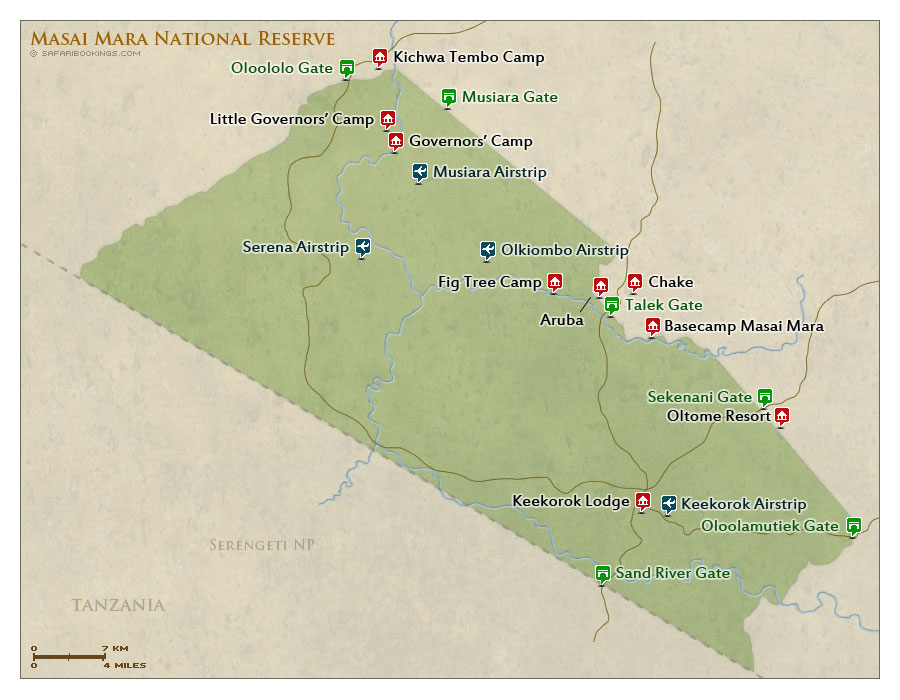
To the east, you find the Ngama Hills, with its leafy bushes and sandy soil. Westward, the Oloololo Escarpment forms a boundary and creates a spectacular plateau.
The Mara triangle borders the River Mara and houses a large number of games with acacia woodlands and superabundant grassland. Finally, the Central Plains make up the largest region of the reserve and are rich in boulders, bushes, and rolling grasslands.
Masai Mara Wildlife
One great place ever to see the wildlife in Africa is the Masai Mara. It houses a magnificent assemblage of games, including crocodiles, hippos, large groups of game, a few rhinos, and over 500 species of birds.
The cheetah, lions, and leopards in the Masai Mara reserve are some of the biggest everywhere, which is why they are the subject of BBC’s Big Cat Diary.
You can go wildlife viewing at all times of the year and enjoy an amazing view, but the most exciting time to explore the island is during the Great Migration.
The Great Migration
The Great Migration is one of the most famous wonders of nature, and it happens in Mara every year from July to September.
During this season, over 1.5 million wildebeest, including antelopes and zebras, walk the savannah as they migrate from the Serengeti to the Mara seeking food and water.
Serengeti and Mara parks are neighboring wildlife havens with no fences between them, and this is where the largest multi-species migration happens.
The wildebeest migration from Serengeti into Masai Mara happens in the dry season in Tanzania, as the animals cross the great Mara River as they go.
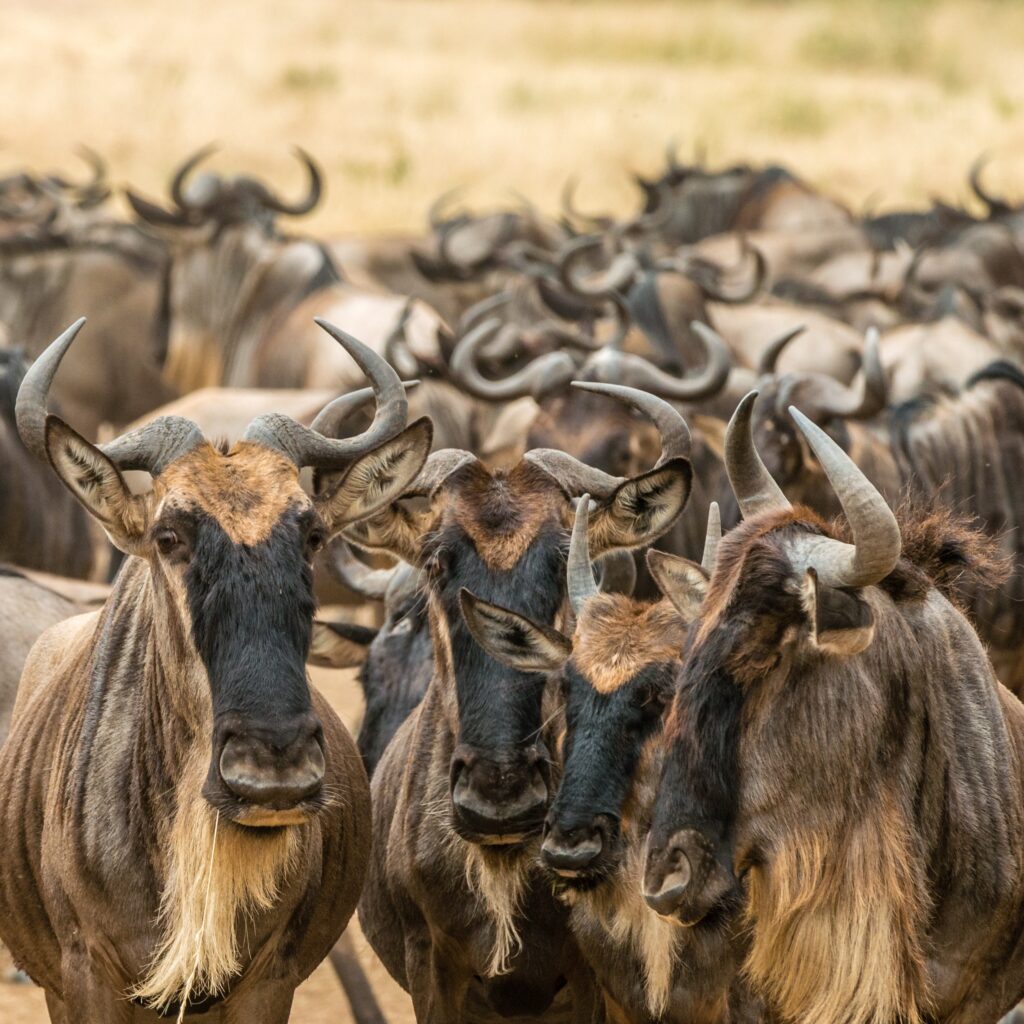
Masai Mara Weather
The climate in Masai Mara is often mild, and it hardly changes from the usual 25°C between June and October, which is the dry season in the region. However, varying temperature occurs mostly as a result of altitudinal changes, as with every height you climb, it gets cooler.
From November thru till May, which is the wet season, you experience a short and a long rainy period with a short dry spell in between.
Scenery
The word ‘Mara’ itself means to be spotted, and it describes the dotted landscape of the Masai Mara.
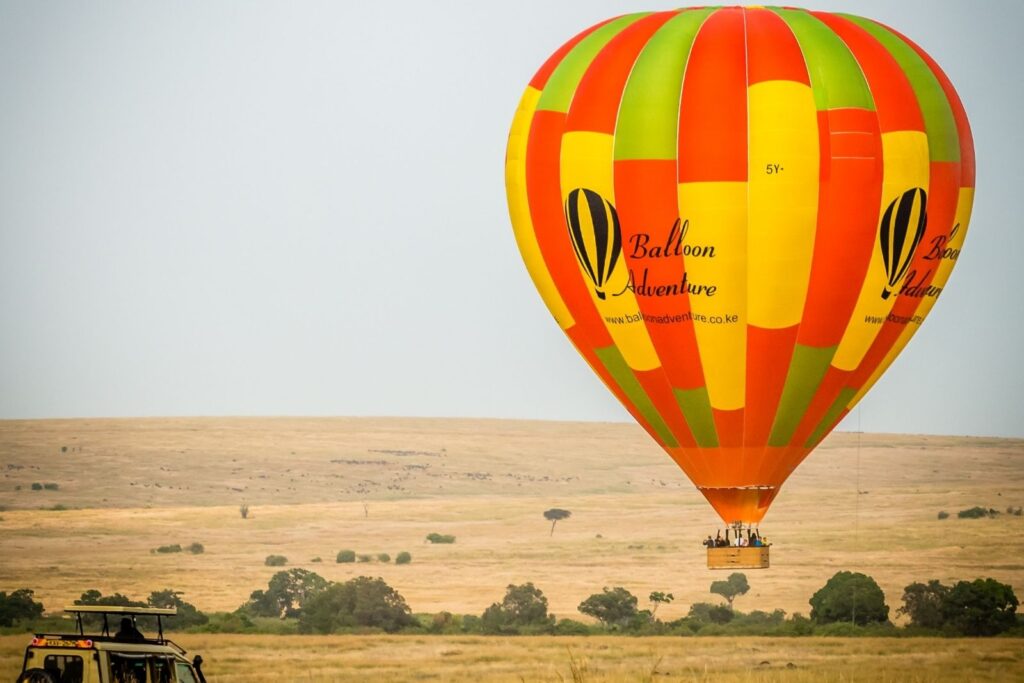
The scenery in Masai Mara is covered mostly by grassland savannah, but you will also find rocky hills, plains, pockets of acacia woodland, and riparian forest.
Best Time to Visit the Masai Mara
January and February, which is the break between the shorter and longer rains is one great time to visit.
You can also visit in the middle of the Dry season proper, which is between June and October. At this time, the roads are still great, and they haven’t been messed up by the rain.
You will find groups of animals surround the waterways due to thirst before the two final dry season months when the yearly wildebeest migration occurs.
Best Accommodations available at Masai Mara
If you plan to visit Masai Mara, there is a lot to see and do, even when you are not watching the animals.
You can ride a hot air balloon at dawn and observe the plains of the Masai Mara from above while enjoying a bird’s eye view of the game-filled savannah.
There’s a list of lodges and hotels where you can stay as you explore the destination.
Situated directly in the middle of the wildebeest migration path, you can lodge at this camp and enjoy the best view of the animals.
Due to the camp’s location, you can enjoy an amazing list of activities, such as mini-golf, bird-watching, and sport fishing. You can also explore the Maasai culture by visiting the nearby Maasai.
You can go on a wildlife safari to experience the action get used to the landscape and listen to original accounts of this reserve.
The Keekorok Lodge is located in the Masai Mara nature reserve and offers you traditional-style accommodation, alongside a private patio, an outdoor pool, and a beautiful view of Mother Nature.
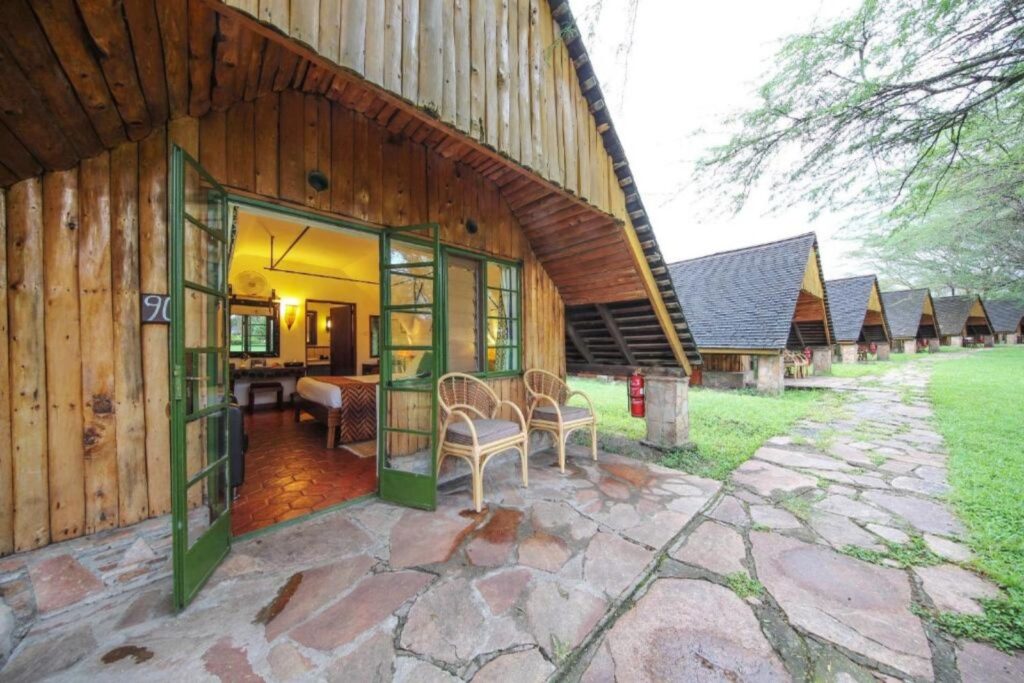
From the balcony, you can see the reservation, a beautiful garden, and the pool. You can also spend time at the Hippo Bar, where you have a range of traditional dishes. For a typical savannah dinner, the Elephant Deck Restaurant is the best place to visit.
Mara Serena Safari is the only safari lodge you will find in the famous Mara Triangle. It perches on a hill slightly cloaked by bushes and offers a sweeping view of the Mara River shoreline and the savannah.
The view and rooms at the Serena are world-class, with 5-star amenities, great sights, and memorable experiences that cannot be duplicated.
A cost-effective way to experience Masai Mara
Visiting Masai Mara is an expensive affair when you think about accommodation, park fees, and feeding. However, if you want to embark on this trip on a budget, travel on a group safari and pay a package fee that comprises your meals, campsite accommodation, transportation, entrance fees, and tour guide. It is also exciting to partake in a group tour of the famous reserve.
